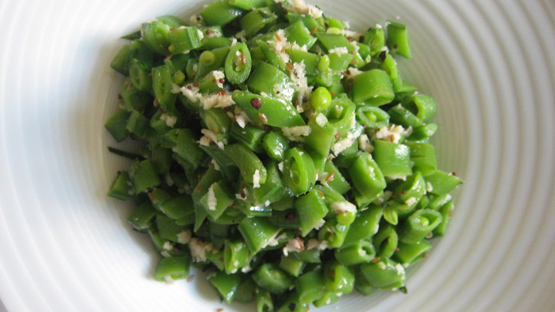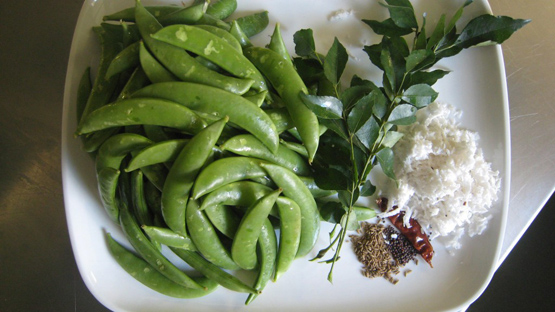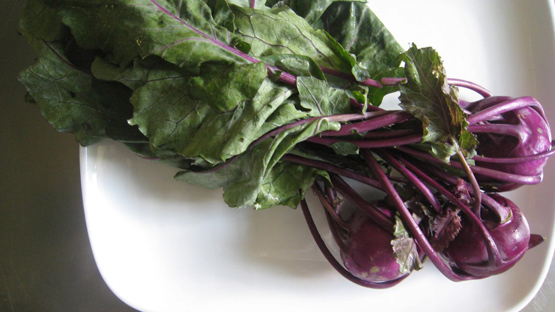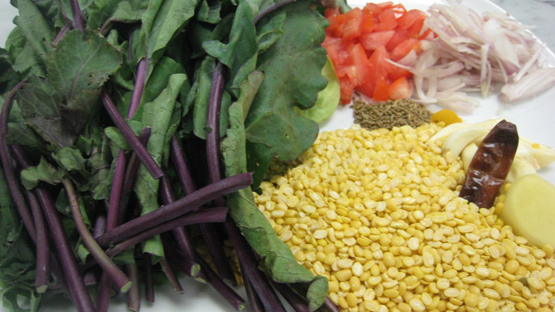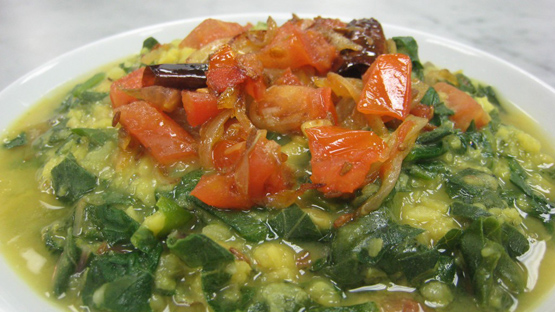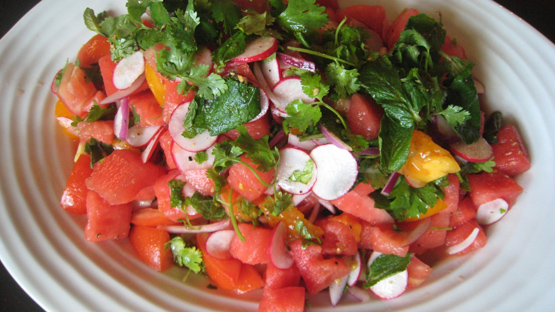 Walking through the narrow lanes of Old Delhi in the summer heat is a tiring affair. Rarely, I would visit Old Delhi in the summer but when I did I was always on the lookout for something to drink or eat to help cool down and rehydrate. Most of the time it would be some sort of lassi. One day walking down the main road, Chadni Chowk, I saw a streetfood vendor selling watermelon chaat. Large chunks of watermelon were sprinkled with some chaat masala, chopped coriander and a squeeze of lime juice. It was simple, refreshing and satisfying. The following recipe, inspired by this street side delight, is my own, but in the form of a salad. It is easy, quick, requires no cooking and, thus, perfect for those extremely hot days of summer. Cut and prepare this salad at the last minute as once it is mixed it tends to give off some liquid. It goes well with any type of grilled meat, fish or seafood.
Walking through the narrow lanes of Old Delhi in the summer heat is a tiring affair. Rarely, I would visit Old Delhi in the summer but when I did I was always on the lookout for something to drink or eat to help cool down and rehydrate. Most of the time it would be some sort of lassi. One day walking down the main road, Chadni Chowk, I saw a streetfood vendor selling watermelon chaat. Large chunks of watermelon were sprinkled with some chaat masala, chopped coriander and a squeeze of lime juice. It was simple, refreshing and satisfying. The following recipe, inspired by this street side delight, is my own, but in the form of a salad. It is easy, quick, requires no cooking and, thus, perfect for those extremely hot days of summer. Cut and prepare this salad at the last minute as once it is mixed it tends to give off some liquid. It goes well with any type of grilled meat, fish or seafood.
- 6 cups seedless watermelon, cut into 1 inch cubes
- 2 cups (2 medium sized) heirloom tomatoes, cut into 1 inch cubes (or substitute cucumber)
- 1 medium sized red onion, cut in half and thinly sliced
- 1 generous cup mint leaves, roughly chopped
- 1 generous cup coriander leaves, roughly chopped
- 1 tsp, or more to taste, chaat masala, store bought or home made
- 2 limes, juiced
- Salt to taste
- Black pepper
- A couple of garden radishes, thinly sliced for garnish (optional)
NOTE: This was originally posted on my blog India On My Plate on July 22, 2011


